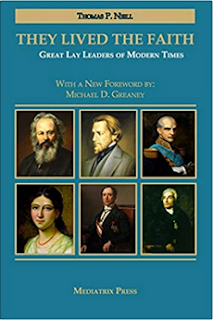Defining Economic and Social Justice
The Justice University concept is
unique in that it integrates Aristotelian-Thomist principles of the natural law
into a social and economic program that is politically feasible and embodies
sound business practice. Its
practicality is demonstrated by the success of the “ESOP Revolution,” which
today benefits more than 11 million workers in more than 10 thousand companies
in the United States alone. Dr. Norman
G. Kurland, a member of the CESJ core group, who was Kelso’s Washington
Counsel, was instrumental in helping persuade the late Senator Russell Long of
Louisiana to champion the initial enabling legislation for the ESOP.
The Just Third Way is best
summarized by the Kelso-Adler three principles of economic justice as applied
in the four pillars of an economically just society, and implemented in a
manner consistent with the laws and characteristics of social justice.
CESJ defines economic justice precisely.
Economic justice, which touches the individual person as
well as the social order, encompasses the moral principles which guide us in
designing our economic institutions. These institutions determine how each
person earns a living, enters into contracts, exchanges goods and services with
others and otherwise produces an independent material foundation for his or her
economic sustenance. The ultimate purpose of economic justice is to free each
person to engage creatively in the unlimited work beyond economics, that of the
mind and the spirit.
CESJ defines social justice with equal precision. Social justice encompasses economic justice.
Social justice is the virtue that guides us in creating those organized human
interactions we call institutions. In
turn, social institutions, when justly organized, provide us with access to what
is good for the person, both individually and in our associations with
others. Social justice also imposes on
each of us a personal responsibility to work with others to design and
continually perfect our institutions as tools for personal and social development.
Social justice is more fully explained in the pamphlet, Introduction
to Social Justice
(1948) by CESJ co-founder Rev. William J. Ferree, S.M., Ph.D. The concept of economic justice is developed
in depth in Chapter 5 of The Capitalist
Manifesto
(1958) by Louis O. Kelso and Mortimer J. Adler.



This comment has been removed by the author.
ReplyDeleteThanks for launching this blog for Justice University. The time has arrived for clearly defined, universal principles and feasible applications of economic and social justice to be taught at all levels of education. Without a sound moral, economic and social foundation, the "system" at all levels will continue to promote inequality, poverty, corruption, slavery and war. This is a fine start, and I hope it will encourage others to comment and participate as we build Justice University world-wide.
ReplyDelete